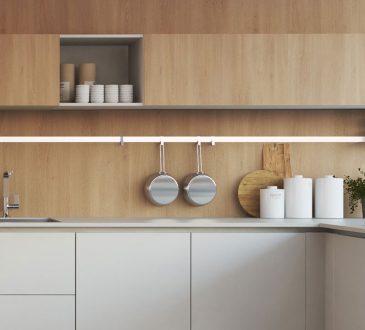Creating the Ultimate Home Theater Experience: A Complete Guide to Home Theater Design

In today’s world of advanced technology, transforming your living room into a high-quality home theater can significantly elevate your entertainment experience. Whether you’re a movie lover, a sports enthusiast, or a gamer, home theater design allows you to enjoy top-tier visuals and sound right from the comfort of your home. This guide provides essential steps to creating the ultimate home theater experience, covering design principles, equipment selection, and the layout of your space.
1. Assess Your Space for Home Theater Design
Before diving into purchasing equipment, the first step in any home theater design is to assess the space available. Consider the following:
- Room Size and Shape: The size of the room dictates the type of equipment you can use, such as the screen size and speaker placement. A rectangular room with fewer obstructions is ideal for optimal viewing and sound quality.
- Lighting Conditions: Dim lighting enhances the overall viewing experience, so think about how you can control ambient light. Consider blackout curtains or dimmable lights to avoid glare on the screen.
- Seating Arrangement: The ideal seating arrangement places viewers at a comfortable distance from the screen. Aim for a viewing distance that allows you to see the entire screen without straining your eyes.
2. Choosing the Right Equipment
The key to any great home theater design is the right equipment. Here’s a breakdown of essential components to consider:
- Display: A high-definition television (HDTV) or projector and screen should be chosen based on room size. For smaller rooms, a large TV may suffice, but for larger spaces, a projector and a screen provide a cinematic experience.
- Audio System: Surround sound systems are crucial for enhancing the audio quality. A 5.1 or 7.1 system is the industry standard for home theaters. Ensure that the speakers are placed at optimal locations around the room for balanced sound.
- Receiver: The AV receiver acts as the hub for all your equipment, enabling you to control video and audio signals. Look for a receiver with multiple HDMI inputs to accommodate all devices, such as a Blu-ray player, gaming console, and streaming device.
- Streaming and Playback Devices: Whether it’s a Blu-ray player, gaming console, or streaming device like a Roku or Apple TV, ensure your equipment supports 4K resolution and HDR for a high-quality viewing experience.
3. Room Layout and Speaker Placement
Proper layout and speaker placement are vital for creating an immersive home theater experience. Here’s how to arrange your room effectively:
- Screen Placement: The screen should be positioned at eye level when seated. The ideal height is around 42 inches from the floor to the center of the screen, though this can vary depending on seating height.
- Speaker Configuration: For optimal surround sound, place the front speakers at ear level, while the rear speakers should be slightly higher. The subwoofer should be placed on the floor, ideally near the front of the room to enhance bass performance.
- Seating Arrangement: Position the seating in such a way that all viewers have an unobstructed view of the screen. The primary seating area should be placed directly in front of the screen, with secondary seating slightly angled toward it.
4. Creating Ambiance with Lighting
Lighting plays a crucial role in the overall atmosphere of your home theater. Too much light can wash out the picture, while too little can make it hard to see details. Consider the following:
- Dimmer Lights: Install dimmable lights so you can adjust the brightness based on the time of day or the type of content you’re watching.
- Ambient Lighting: LED strips or sconces around the perimeter of the room can add a soft glow without interfering with the screen’s visibility.
- Wall and Ceiling Colors: Dark-colored walls and ceilings absorb light and reduce reflections, enhancing the contrast of your screen. Avoid light-colored walls that could distract from the viewing experience.
5. Finishing Touches: Decor and Comfort
The final step in home theater design is to focus on comfort and aesthetics. Choose furniture that supports long viewing sessions, such as comfortable recliners or theater seating with built-in cup holders.
- Acoustic Treatment: Adding acoustic panels or foam can significantly improve sound quality by reducing echo and controlling room acoustics. Rugs or thick curtains also help absorb sound.
- Thematic Decor: Personalize your home theater with decor that reflects your style, such as movie posters, themed lighting, or a projector screen that resembles a cinema marquee.
Conclusion
Achieving the ultimate home theater experience begins with thoughtful home theater design that integrates the right equipment, strategic room layout, and attention to ambiance and comfort. By investing in quality displays, audio systems, and a comfortable seating arrangement, you can recreate a cinema-like experience that brings movies, sports, and games to life. With careful planning and the right design choices, your home theater can become the centerpiece of your home entertainment space.



